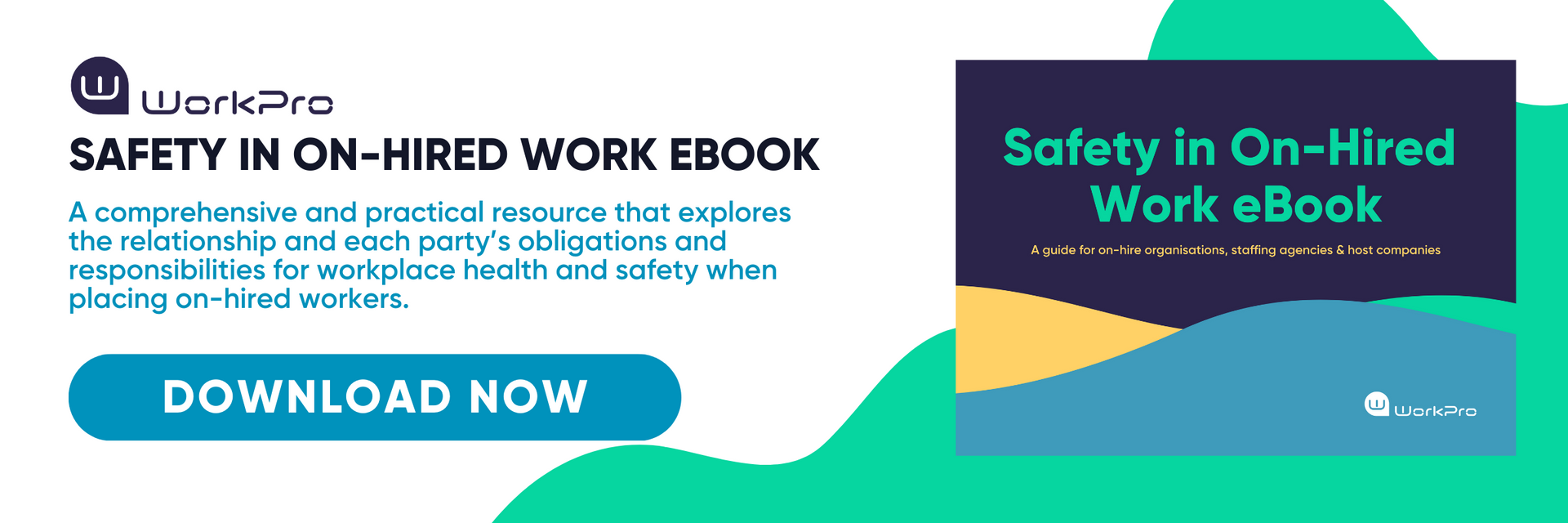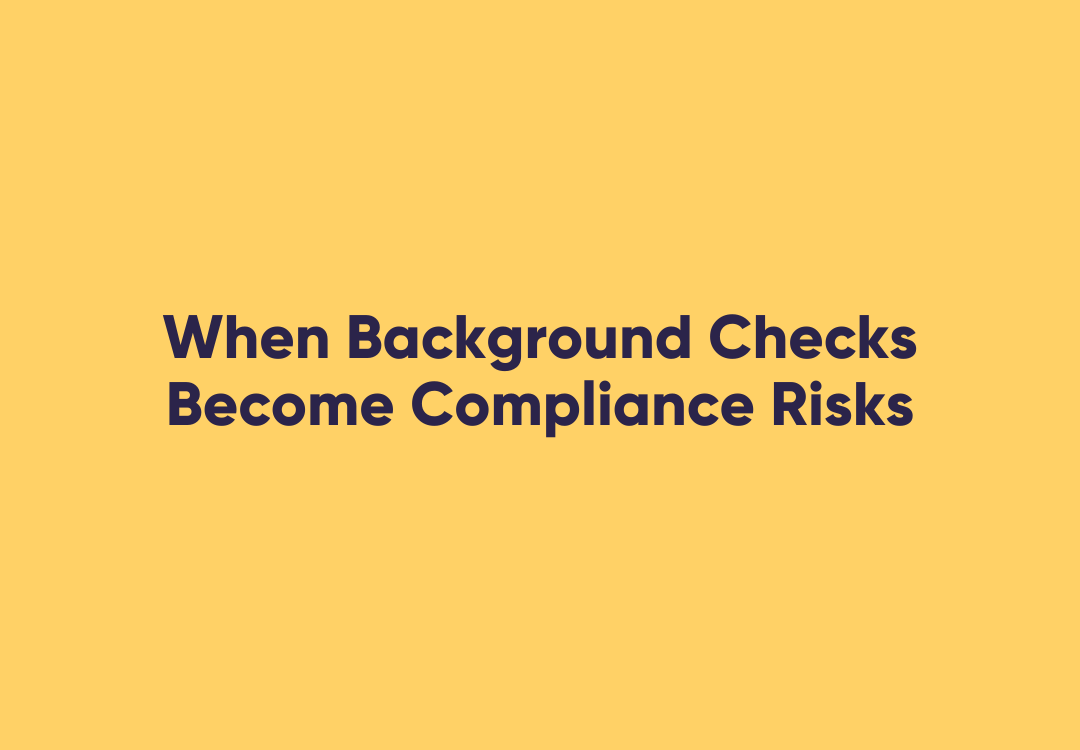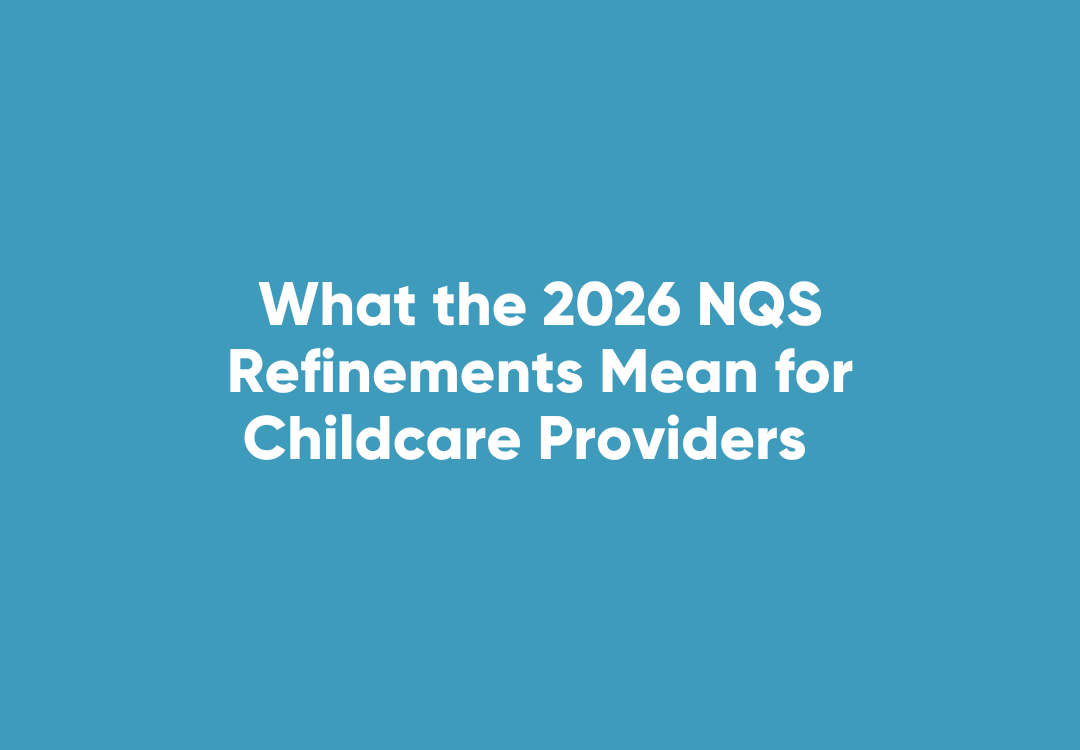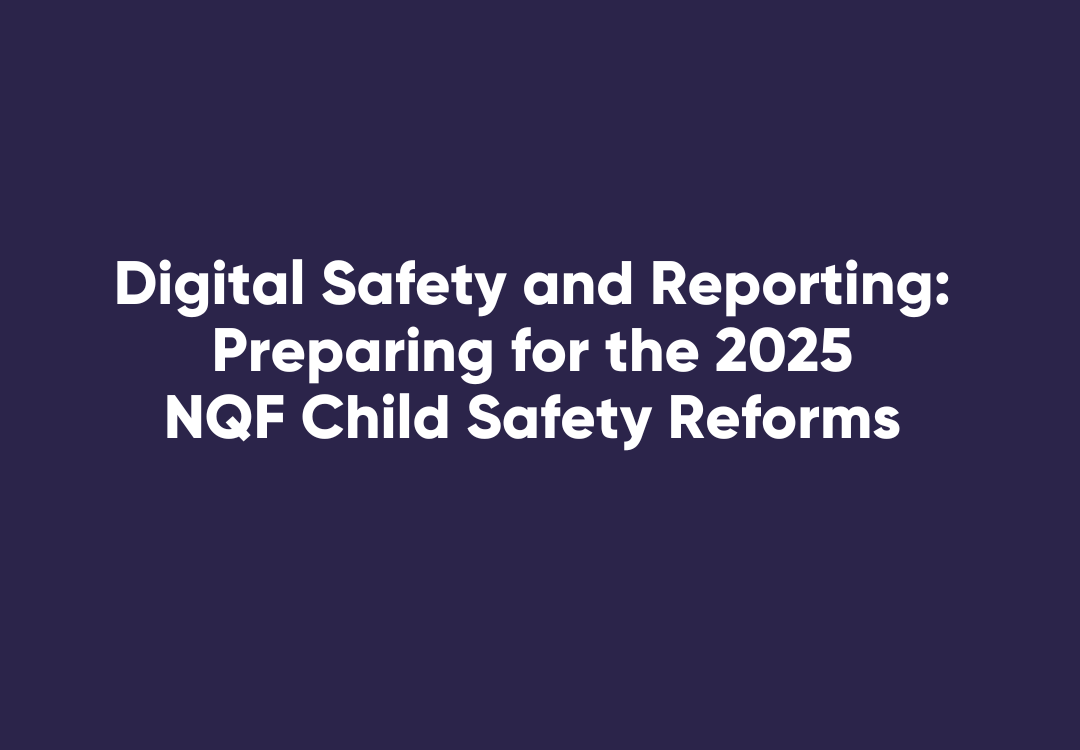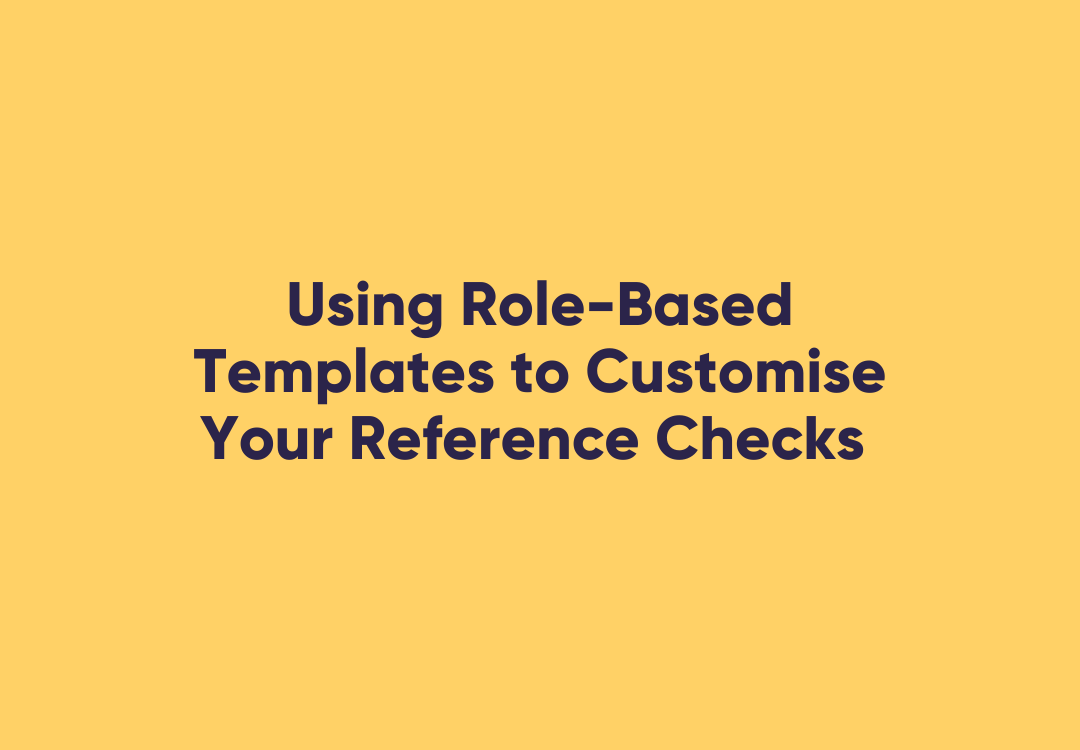Managing Work Health & Safety Obligations for Labour Hire Employees
Contingent workers, including those from temporary employment agencies, independent contractors, and seasonal workers, are crucial to an organisation's workforce strategy as they offer flexibility and agility. These workers are typically brought in to perform jobs on a provisional basis and may include workers from temporary employment agencies, independent contractors, and seasonal workers.
In 2021, the Australian Bureau of Statistics reported there are 2.7 million casual workers and 1.1 independent contractors and 3.4% are employed on a fixed-term contract nationally.
As it relates to work safety, when a business engages a classification of worker defined as an ‘on-hired worker’, there is a complex triage relationship between worker, the labour hire organisation and host company, where all parties have an obligation to ensure the safety of the worker whilst working with a host on-site. Employment relationships in on-hire arrangements can create confusion around work health and safety (WHS) duties. For instance, when a labour hire firm supplies workers to an organisation, it is responsible for their employment and, therefore, obligated to ensure their safety. However, when these workers are sent to the host organisation's premises, the host company also has a duty of care as they are the ones providing tools, instructions, and working conditions.
In Australia, the revised model WHS laws make it clear that both the labour hire firm and the host organisation are considered ‘Persons Conducting a Business or Undertaking’ (PCBU) and are therefore responsible for their workers' safety. This shared responsibility is expected to be coordinated, cooperative, and collaborative, ensuring that all workers understand risks and best practices while taking measures to make the working environment as safe and healthy as reasonably practicable.
‘On-hire’ firms can take proactive measures to manage and monitor the WHS of their employees. WorkPro's free e-book, Safety in On-Hired Work, provides tips for labour firms, including understanding the industry, conducting site assessments, carrying out online induction and WHS training, having workers report on site conditions, and identifying risks and ways to mitigate them.
These steps include efforts such as:
- A Shared Responsibility
- Consultation Between the On-Hire Organisation & the Host Company
- Controlling Risks
- Carrying Out Work
- Workers’ Health & Safety Rights & Responsibilities
- Right to Refuse to Work
- Before Engaging a Worker at a Host Site
- During an On-Hire Worker Placement
- Responding to Incidents
Overall, the key to managing this shared responsibility is for organisations involved to consult one another, cooperate and coordinate, making safety for all workers a top priority. Use WorkPro’s free resource as a practical guide for all parties to manage positive business relationship and mitigate risk.



